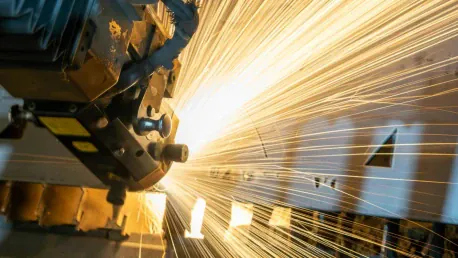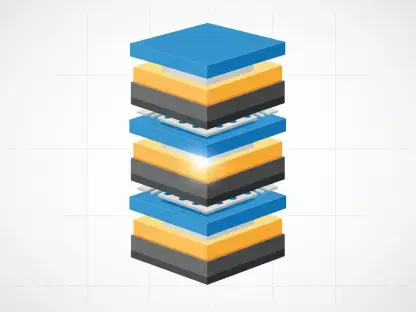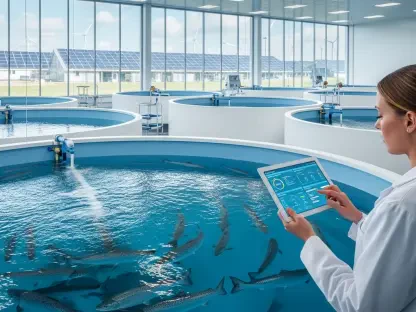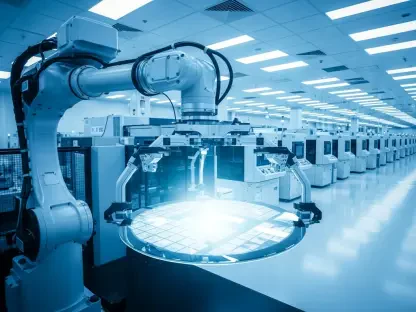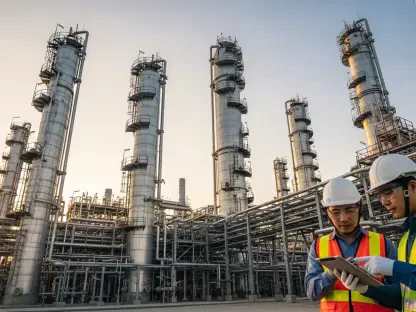As humanity pushes the boundaries of space exploration, the need for reliable and efficient components becomes even more critical. Additive manufacturing (AM), or 3D printing, offers a promising solution to meet these demands by enabling the creation of complex and lightweight parts for spacecraft. However, the path to integrating AM into space missions is fraught with challenges that need to be addressed to ensure success. This article delves into the obstacles faced in additive manufacturing for space and how they can potentially be overcome.
Regulatory Hurdles
One of the primary challenges in adopting additive manufacturing for space missions is navigating the stringent regulatory landscape. The aerospace industry is one of the most heavily regulated sectors, where safety and reliability are paramount. Convincing engineering bodies and regulatory authorities that 3D-printed parts are safe for use in critical missions poses a significant hurdle. This challenge is further compounded by the lack of historical data for 3D printing processes. Traditional manufacturing techniques have decades of data backing their reliability, while AM is relatively new and rapidly evolving.
The rapid pace of advancements in 3D printing technology adds another layer of complexity for regulators. Without comprehensive, long-term data, regulators are hesitant to approve these parts for use in space missions. To overcome this obstacle, the industry must focus on accumulating data from successful deployments of 3D-printed parts in non-critical applications. This data will play a crucial role in building a case for the safety and reliability of AM components for critical space missions. As more data is gathered, regulatory processes can be streamlined, making it easier to implement AM in future space endeavors.
Testing Difficulties
Testing 3D-printed components for space missions presents unique challenges not typically encountered with traditionally manufactured parts. Conventional non-destructive testing (NDT) methods, such as X-rays and computerized tomography, may struggle to effectively assess the complex geometries of 3D-printed parts. This issue is exacerbated when multiple components are consolidated into a single structure, further complicating the testing process. Ensuring the integrity and reliability of these components is crucial for mission success.
Innovative testing methodologies must be developed to address these challenges. One potential solution is to create new standards and protocols specifically tailored for 3D-printed parts. These standards should consider the unique properties and behaviors of AM components. Additionally, advancements in NDT technology, such as improved imaging techniques and more sophisticated analysis software, can help overcome the limitations of current testing methods. Collaboration between industry, academia, and regulatory bodies will be essential in developing these new testing protocols and ensuring their widespread adoption.
Material-Related Challenges
Another significant challenge in additive manufacturing for space missions lies in the materials used in the process. While the range of materials available for AM has expanded significantly, the additive process can alter their behavior. For instance, even well-understood materials like titanium alloys exhibit different mechanical properties when subjected to additive manufacturing processes such as laser powder bed fusion. This variability necessitates extensive testing to understand these new behaviors and ensure their suitability for space applications.
To overcome these material-related challenges, the industry must invest in research and development to better understand the effects of additive manufacturing on various materials. This research should focus on identifying the optimal process parameters for different materials to achieve consistent and reliable results. Additionally, developing new materials specifically designed for additive manufacturing could help address some of the current limitations. Collaboration between material scientists, engineers, and industry stakeholders will be crucial in advancing the understanding and application of AM materials for space missions.
A Promising Future
As humanity continues to push the limits of space exploration, the need for reliable and efficient spacecraft components becomes increasingly crucial. Additive manufacturing (AM), commonly known as 3D printing, offers a promising solution to these requirements by allowing the creation of intricate and lightweight parts for spacecraft. This technology could revolutionize space missions by reducing costs and improving performance. Nonetheless, integrating AM into space missions is not without its hurdles. There are technical, material, and regulatory challenges that must be overcome to ensure its successful application. This article explores the various obstacles associated with additive manufacturing in the context of space travel and investigates potential strategies to address them. By understanding and addressing these challenges, AM could become a transformative technology for future space missions, paving the way for more advanced and efficient exploration beyond our planet.
